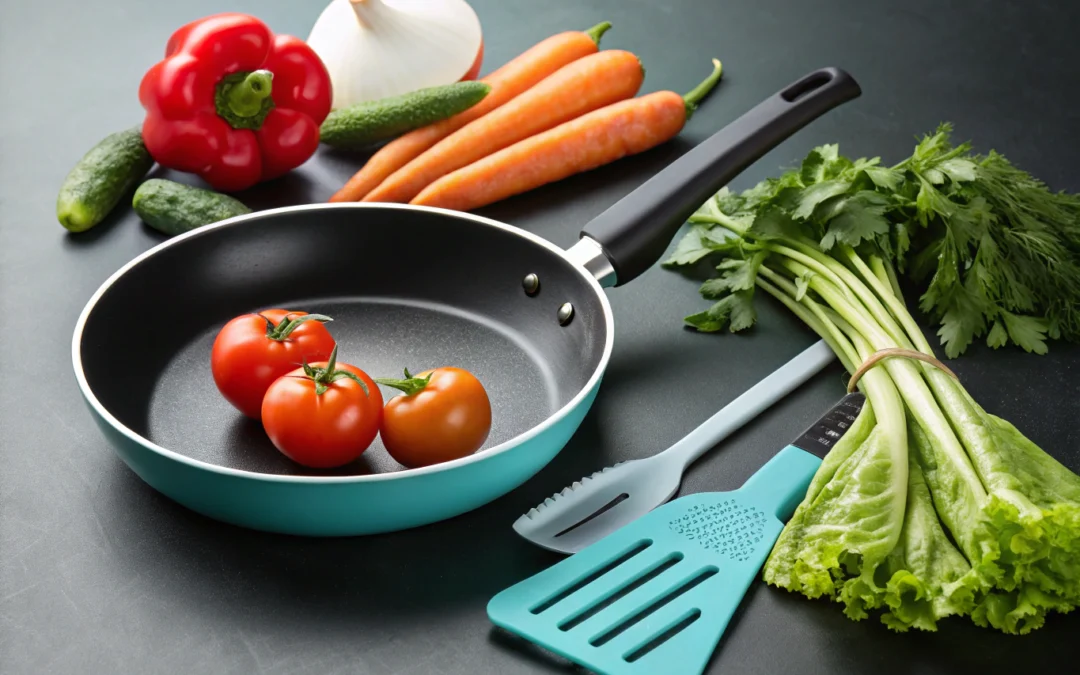Understanding the Art of Sautéing: A Guide to Perfectly Cooked Meals
Mastering the technique of sautéing is essential for elevating your home cooking. This cooking method, which involves cooking food quickly in a small amount of oil over medium-high heat, allows ingredients to develop rich flavors and appealing textures. For those interested in refining their skills or exploring the nuances of this technique, the detailed insights available at sautee serve as a valuable resource.
What Is Sautéing?
Sautéing is a fundamental cooking process that emphasizes quick, high-heat cooking. Unlike slow simmering or braising, sautéing preserves the integrity of delicate ingredients like vegetables and thin cuts of meat. The core principle involves cooking food in a small amount of fat—such as oil or butter—while stirring or flipping frequently to ensure even browning and prevent sticking.
Essential Techniques for Sautéing
Choosing the Right Pan
A wide, shallow pan like a sauté pan or skillet is ideal. It provides ample surface area for ingredients to cook evenly and allows excess moisture to evaporate, preventing steaming.
Preheating the Pan
Ensuring the pan and oil are hot before adding ingredients is crucial. This step helps achieve a quick sear, locking in flavors and maintaining ingredient integrity.
Preparing Ingredients
Cut ingredients into uniform sizes to promote even cooking. Patting vegetables dry helps prevent excess splattering and ensures they sauté rather than steam.
Step-by-Step Sautéing Process
- Heat the pan over medium-high heat and add a small amount of oil or butter.
- Once the fat shimmers or melts, add the ingredients in a single layer, avoiding overcrowding.
- Stir or flip frequently to promote even browning and prevent sticking.
- Cook until ingredients reach the desired level of tenderness and color, which varies based on the ingredient.
- Finish with seasonings or herbs to enhance flavor.
Common Mistakes and How to Avoid Them
Overcrowding the Pan
Adding too much at once lowers the temperature, leading to steaming rather than sautéing. Cook in batches if necessary.
Using the Wrong Fat
Some oils have low smoke points and can burn easily. Choose oils suitable for high-heat cooking, such as avocado or grapeseed oil.
Not Keeping the Food Moving
Stirring constantly prevents sticking and helps achieve an even sear. Letting ingredients sit without movement can result in uneven cooking.
Applying Sautéing to Your Cooking Routine
Whether you’re preparing a quick vegetable stir-fry, sautéed chicken, or fragrant garlic-infused dishes, mastering this technique adds depth to your culinary repertoire. It allows you to develop complex flavors in a matter of minutes, making it an efficient way to prepare nutritious meals.
Final Tips for Success
- Always start with a hot pan to ensure ingredients sear quickly.
- Use a neutral oil with a high smoke point for most sautéing needs.
- Introduce aromatics like garlic or onions early on to build flavor from the start.
- Adjust heat as needed to prevent burning while maintaining a lively sizzle.
Consumer Recommendations
Invest in quality cookware that distributes heat evenly, such as stainless steel or cast iron pans. Keep your ingredients prepped and ready to go before heating the pan, so you can focus on precise timing. Experiment with different oils and seasonings to find combinations that elevate your dishes. Remember, practice makes perfect—so don’t be discouraged by initial missteps. With time, sautéing will become an intuitive part of your cooking process, allowing you to create flavorful, satisfying meals effortlessly.
Checkout ProductScope AI’s Studio (and get 200 free studio credits)

